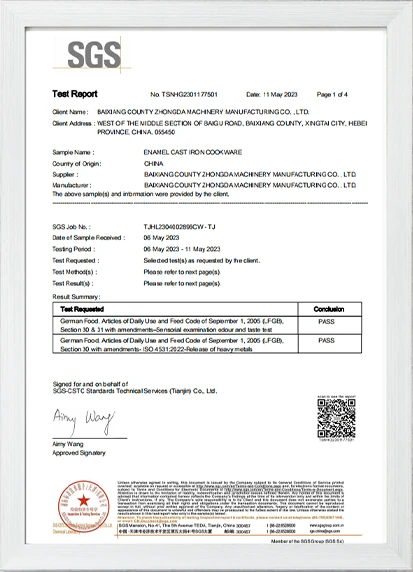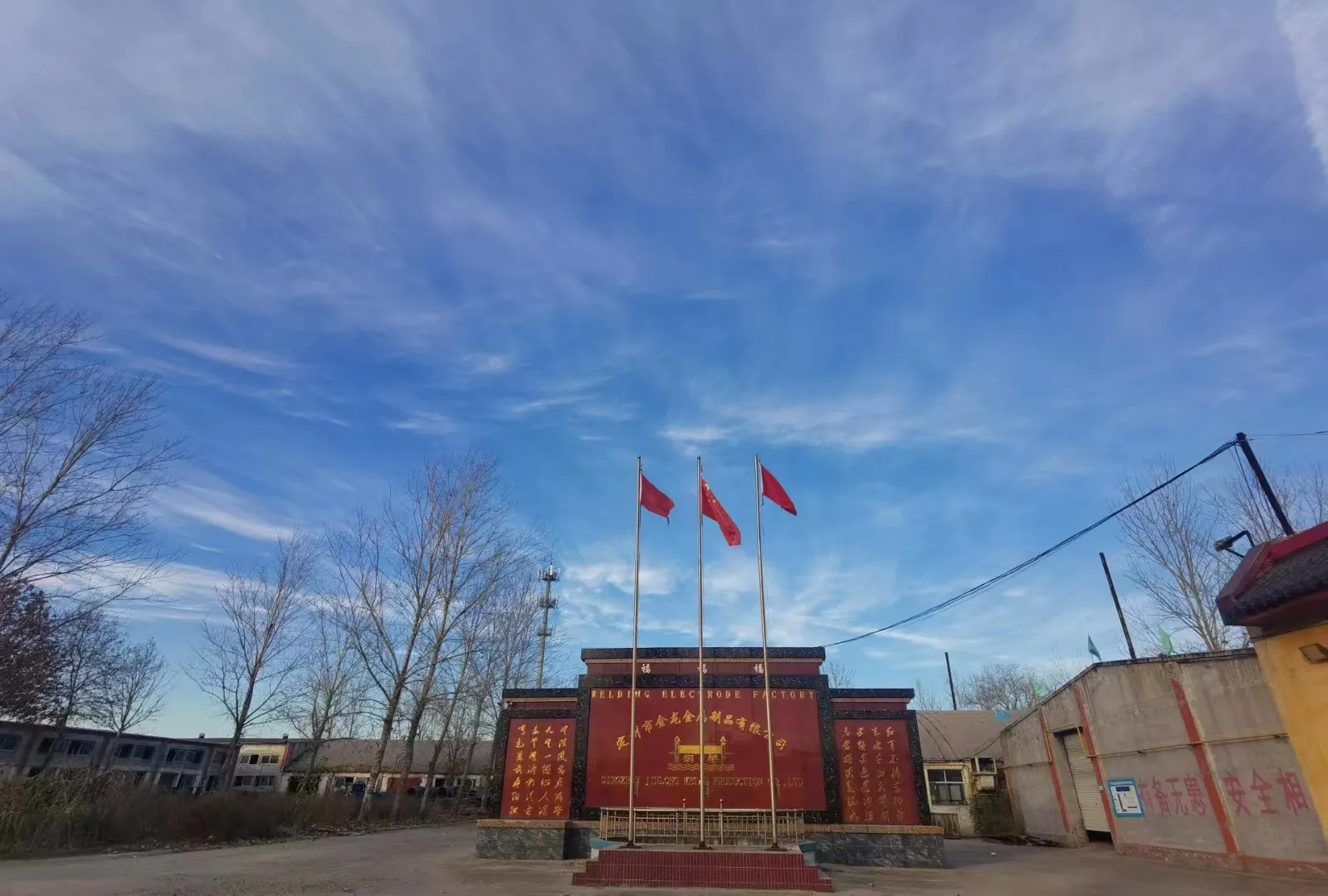what can you weld with 7018
Jan . 31, 2025 06:04
As an expert in welding and a trusted authority in metalworking practices, I’m excited to delve into the world of 7018 electrodes—an industry staple known for its versatility and professional-grade results. The 7018 welding rod is renowned for creating strong, crack-resistant welds in a variety of settings. Here's an exploration of what you can effectively weld using this robust electrode.
Heavy Equipment and Railroad Fabrication Industries involving heavy equipment or railroad tracks benefit from the 7018's superior strength attributes. The rod is adept at joining heavy gauges of steel commonly found in machinery and rail infrastructure, ensuring durability and flexibility in the face of robust use. Its capability to maintain structural integrity under dynamic loads extends the lifespan of equipment and track systems. General Repair and Maintenance On a smaller scale, the 7018 electrode proves useful for general repair and maintenance work. Its adaptability to a range of metals, particularly carbon steels and certain alloys, allows welders to execute repairs on vehicles, farm equipment, and industrial machinery. Here, its ease of handling and forgiving nature in vertical and overhead positions are significant advantages. Considerations and Best Practices Utilizing 7018 electrodes requires a specific set of practices to maximize effectiveness and ensure quality welds. It's vital to maintain these rods in a low-moisture environment; some professionals advocate using electrode ovens to keep them dry and mitigate moisture absorption. When welding, professionals often emphasize the importance of maintaining the correct amperage and employing consistent travel speed to produce optimal outcomes. For those venturing into projects requiring immaculately clean welds, pre-heating might be necessary, especially when working with thicker sections. This step minimizes heat input and helps to avoid defects. The post-weld treatment might also be essential in certain projects to relieve internal stresses and further enhance weld integrity. Overall, the 7018 electrode is a fundamental tool in the welder's arsenal, providing unmatched versatility and reliability across a broad spectrum of applications. Its utilization underscores a commitment to excellence and safety, embodying qualities that professionals rely on in their pursuit of constructing strong, lasting welds that withstand the test of time.


Heavy Equipment and Railroad Fabrication Industries involving heavy equipment or railroad tracks benefit from the 7018's superior strength attributes. The rod is adept at joining heavy gauges of steel commonly found in machinery and rail infrastructure, ensuring durability and flexibility in the face of robust use. Its capability to maintain structural integrity under dynamic loads extends the lifespan of equipment and track systems. General Repair and Maintenance On a smaller scale, the 7018 electrode proves useful for general repair and maintenance work. Its adaptability to a range of metals, particularly carbon steels and certain alloys, allows welders to execute repairs on vehicles, farm equipment, and industrial machinery. Here, its ease of handling and forgiving nature in vertical and overhead positions are significant advantages. Considerations and Best Practices Utilizing 7018 electrodes requires a specific set of practices to maximize effectiveness and ensure quality welds. It's vital to maintain these rods in a low-moisture environment; some professionals advocate using electrode ovens to keep them dry and mitigate moisture absorption. When welding, professionals often emphasize the importance of maintaining the correct amperage and employing consistent travel speed to produce optimal outcomes. For those venturing into projects requiring immaculately clean welds, pre-heating might be necessary, especially when working with thicker sections. This step minimizes heat input and helps to avoid defects. The post-weld treatment might also be essential in certain projects to relieve internal stresses and further enhance weld integrity. Overall, the 7018 electrode is a fundamental tool in the welder's arsenal, providing unmatched versatility and reliability across a broad spectrum of applications. Its utilization underscores a commitment to excellence and safety, embodying qualities that professionals rely on in their pursuit of constructing strong, lasting welds that withstand the test of time.
Related Video
Copyright © 2025 Dingzhou Jinlong Metal Production Co., Ltd. All Rights Reserved. Sitemap | Privacy Policy




























